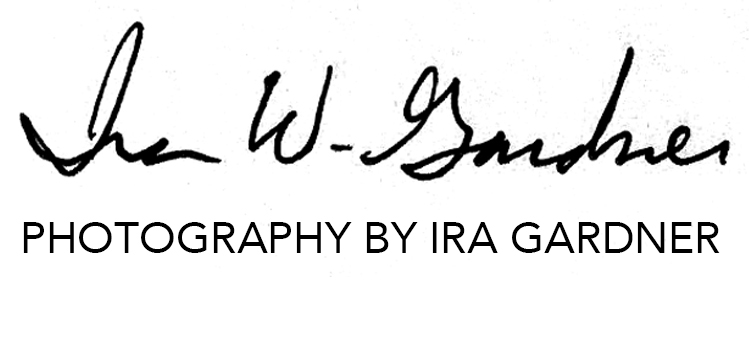
Today’s early morning sunlight came through the bedroom window at an angle that produced an isosceles triangle of light just above the headboard. Whenever I see triangles I am reminded of the Pythagorean theorem of:
In the forest I see triangles all around me and I am moved to make photographs of them like this one. I wonder if it was the light coming through a window that inspired Pythagoras’ interest in geometry or was it the bushes and ferns that share triangle shapes that he observed on his daily walks.
Two shoulders and a head make a triangle as do the bends in elbow and knees. We are a combination of equilateral and isosceles triangles as we move through space. So are Flamingos when they perch on one leg.
Pythagoras was known for more than mathematics. He created a whole philosophical school where students took a 5 year vow of silence and practiced in daily rituals of life and mysticism. He demanded physical activity, religious piety, and a vegetarian heavy diet. He believed in a communal lifestyle and his order might resemble a medieval monastic practice. His espoused his ideas through mathematical and oral lessons.
Perhaps it is Pythagoras who inspired the mathematical study of fractal patterns in nature. I am sure that Mandelbrot studied the Pythagorean theorem during his mathematical journey.
Mandelbrots equation Z=Z² +C creates beautiful images that are collectively known as The Thumbprint of God. Hmm… seems as thought Mandelbrot and Pythagoras both lead us to a spiritual awareness.
It turns out that fractals have a profound impact on the human spirit. They sooth and calm the mind and inspire improved health. Research has demonstrated this and medical professionals have actually begun prescribing nature bathing where people are encouraged to spend time outdoors in a garden or forest.
I have met many mathemeticians who state that everything in the world can be described in algorithms. The work is determining the right variables and ratios. This too may be a representation of a Pythagorean viewpoint. Aristotle wrote that For them [the Pythagoreans] the entire universe is constructed from numbers — Aristotle, Metaphysics.
I think what is interesting is the relationship between a mathematical truth and a psychological or visual truth. Shapes and patterns can be described in algorithms and visualized through imagery that inspires emotion. The photographer P.H. Emerson expresses this so well in his 1899 book titled Naturalistic Photography where he writes:
“The opticians were right from the mathematical standpoint, and I was right from the physiological and psychological standpoints, and so it was evident there were two truths to nature – the perspective of mathematical truth and the psychological or visual truth”
“To sum up then, art is the selection, arrangement, and recording of certain facts, with the aim of giving aesthetic pleasure; and it differs from science fundamental, in that as few facts as are compatible with complete expression are chosen, and these are arranged so as to appeal to the emotional side of man’s nature, whereas the scientific facts appeal to his intellectual side.
I am not a mathematician, nor a philosopher, but as a photographer I can use my awareness of these disciplines to recognize patterns in nature and use the elements and principles of design to arrange complex compositions in a way that I hope will deepen appreciation for the beauty of the light shining through a window.
Peace,
Ira

